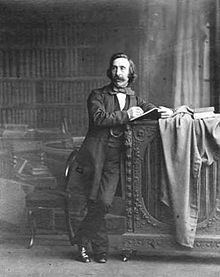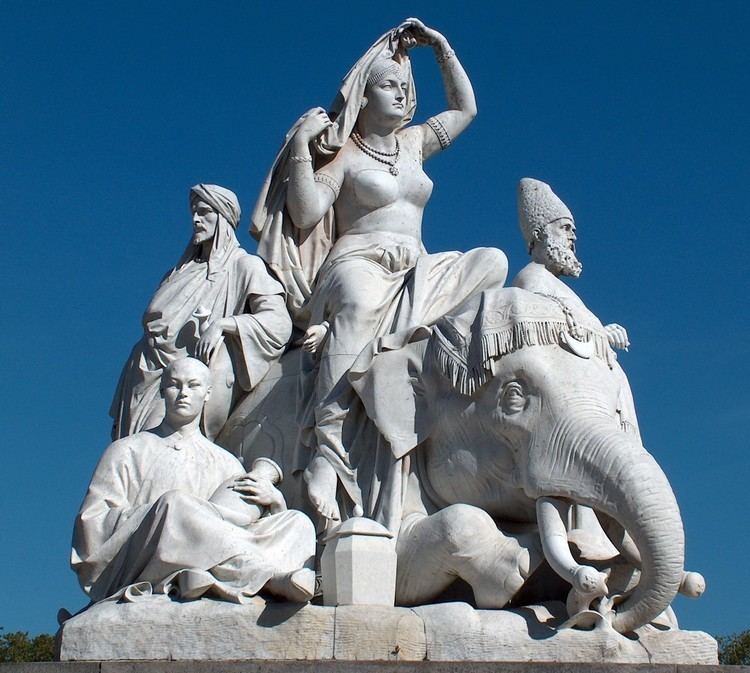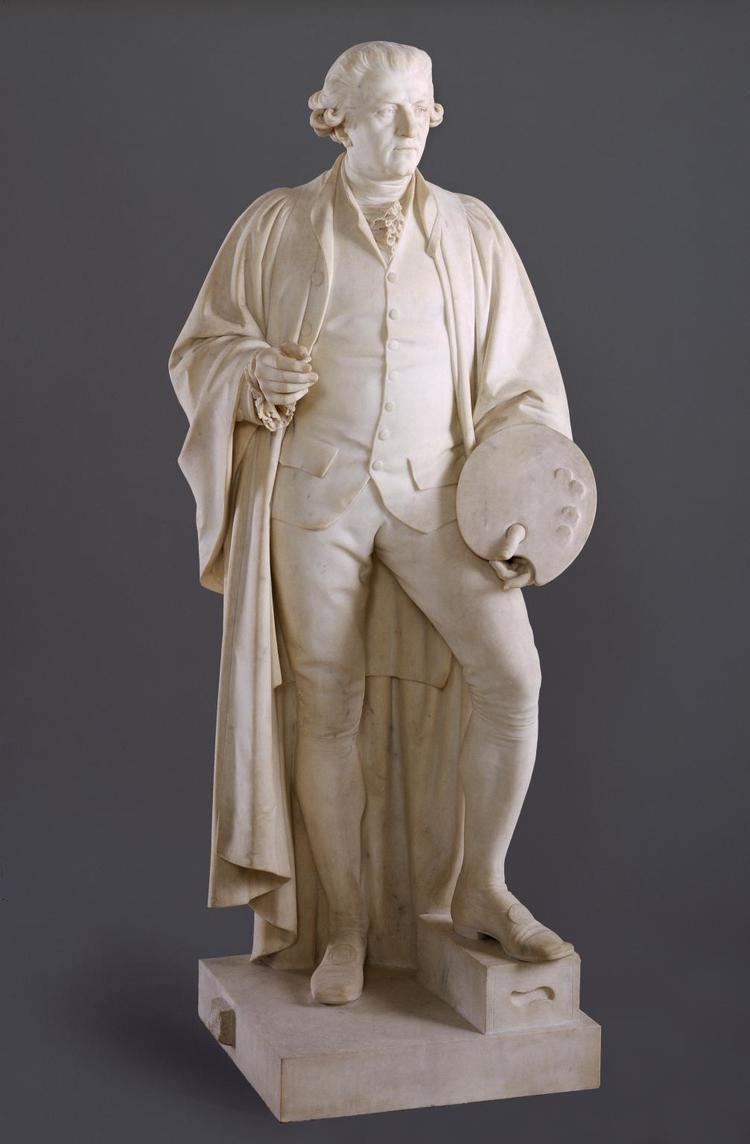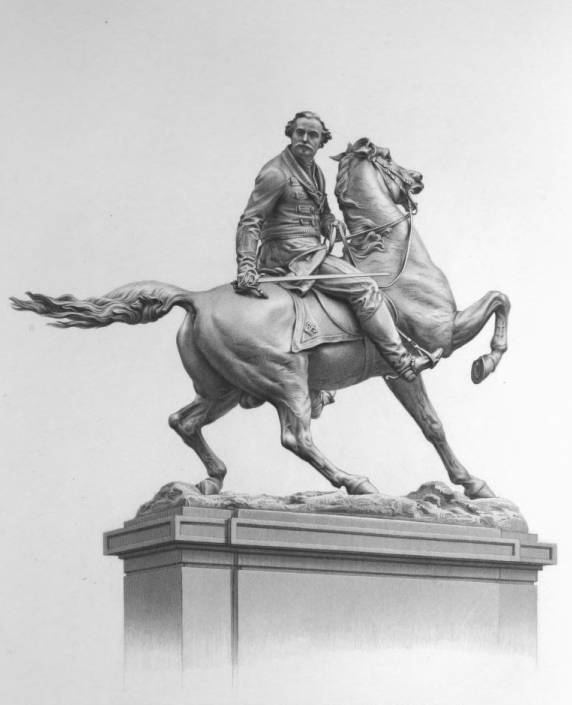Name John Foley | Education Royal Academy of Arts | |
 | ||
Died August 27, 1874, London, United Kingdom | ||
John Henry Foley (Dublin 24 May 1818 – 27 August 1874 London), often referred to as J. H. Foley, was an Irish sculptor, working in London. he is best known for his statues of Daniel O'Connell in Dublin, and of Prince Albert for the Albert Memorial in London.
Contents

Life

Foley was born 24 May 1818, at 6 Montgomery Street, Dublin, in what was then the city's artists' quarter. The street has since been renamed Foley Street in his honour. His father was a glass-blower and his step-grandfather Benjamin Schrowder was a sculptor. At the age of thirteen he began to study drawing and modelling at the Royal Dublin Society, where he took several first-class prizes. In 1835 he was admitted as a student in the schools of the Royal Academy in London. He exhibited there for the first time in 1839, and came to fame in 1844 with his Youth at a Stream. Thereafter commissions provided a steady career for the rest of his life. In 1849 he was made an associate, and in 1858 a full member of the Royal Academy.

When, in 1851, inspired by the recently closed Great Exhibition, the Corporation of London voted a sum of £10,000 to be spent on sculpture to decorate the Egyptian Hall in the Mansion House, Foley was commissioned to make sculptures of Caractacus and Egeria.

In 1864 he was chosen to sculpt one of the four large stone groups, each representing a continent, at the corners of George Gilbert Scott's Albert Memorial in Kensington Gardens. His design for Asia was approved in December of that year. In 1868, Foley was also asked to make the bronze statue of Prince Albert himself, to be placed at the centre of the memorial, following the death of Carlo Marochetti, who had originally received the commission, but had struggled to produce an acceptable version.
Foley exhibited at the Royal Academy between 1839 and 1861. Further works were shown posthumously in 1875. His address is given in the catalogues as 57, George St., Euston Square, London until 1845, and 19, Osnaburgh Street from 1847.
Foley died at Hampstead, north London on 27 August 1874, and was buried in St. Paul's Cathedral on 4 September. He left his models to the Royal Dublin Society, where he had his early artistic education, and a large part of his property to the Artists' Benevolent Fund. He did not see the Albert Memorial completed before his death. A statue of Foley himself, on the front of the Victoria and Albert Museum, depicts him as a rather gaunt figure with a moustache, wearing a floppy cap.
Pupils
Foley's pupil Thomas Brock brought several of Foley's works to completion after his death, including his statue of Prince Albert for the Albert Memorial.
Foley's articled pupil and later studio assistant Francis John Williamson became a successful sculptor in his own right, reputed to have been Queen Victoria's favourite. Other pupils and assistants were Charles Bell Birch, Samuel Ferris Lynn, Charles Lawes, and Richard Belt.
Destruction of works in Ireland
Following the creation of the Irish Free State in 1922, a number of Foley's works were removed, or destroyed without notice, because the persons portrayed were considered hostile to the process of Irish independence. They included those of Lord Carlisle, Lord Dunkellin (in Galway) and Field Marshal Gough in the Phoenix Park. The statue of Lord Dunkellin was decapitated and dumped in the river as one of the first acts of the short-lived "Galway Soviet" of 1922.
Works
See also Works at Wikimedia Commons
His most notable works include:
In London:
In Ireland:
Elsewhere:
